GPG founder Greg Power writes about the benefits of adaptive programming and the KAPE methodology that we have been using. This article analyses how behavioural change is necessary to create change that lasts beyond a project’s life.
One of the most significant failings of international political assistance has been the tendency to focus too much on institutional structure and process, and not enough on culture and behaviour.
Many authors have described international assistance programmes that were so concerned with creating new institutional architecture they forgot to take the people inside the buildings with them. People repeated previous patterns of work and brought the same attitudes to their role, just in a slightly different – and possibly more ‘efficient’ – environment. Patterns of politics and power remained pretty much as they were.
Donor agencies’ recently-discovered appetite for adaptive programming has created new levels of consensus around the need for more flexible projects that understand, and engage with, the incentives and interests that affect political and development outcomes. But there has been less progress, and perhaps less inquisitiveness, about how to use these insights to actively change behaviour. Even harder, how do we actually manage and maintain the process of institutional reform?
Part of the answer may come from the business world, where ‘adaptive management’ has been evolving as a discipline since the mid-1990s.
Adaptive management includes the type of adaptive programming that the international assistance world is increasingly familiar with – the need to think politically, value small-scale innovation and accept that managing change is a flexible, iterative and reflexive process. But it also emphasises a second dimension – behavioural adaptation to make change ‘stick’. Back in 1994, Ronald Heifetz’sLeadership Without Easy Answers argued that adaptive solutions must “engage people in facing the challenge, adjusting their values, changing perspectives, and developing new habits of behaviour”.
Yet in international assistance, ‘changing behaviour’ is rarely, if ever, articulated as a specific objective. For this reason, at GPG we published the KAPE® methodology that we use to design, deliver and measure projects that seek institutional and behavioural change.
KAPE stands for knowledge-application-practice-effect. It sets out the stages of the project, starting with the initial advice, support and guidance to our partners (knowledge). Then we work with them to use that knowledge to manage practical problems (application). However, the key to achieving and maintaining institutional change comes in the second half of the process; ensuring that those new patterns of behaviour are repeated over time (practice) and replicated across the institution to improve the performance of the institution as a whole (effect).
KAPE reflects the logic we have applied over the last decade in our work with parliaments, political parties and government ministries in some of the world’s most sensitive political environments. In Iraq, for instance, we worked closely with specific parliamentary committees to help them establish new ways of operating that led to improved oversight, policy and service delivery. The task then was to embed and spread those new practices across the parliament: we used our original progress with the committees to help the Speaker’s Office and senior staff in parliamentary directorates establish parliament-wide benchmarks for committee activity, while simultaneously helping the committees to meet those criteria.
We have described our approach in private, and only half-jokingly, as ‘management consultancy for politicians in difficult places’. It is an active form of change management based on solving practical and political problems. The approach can be characterised as a search for catalysts for wider reform by establishing ‘pockets of good practice’ and then encouraging a ‘ripple effect’ across the institution.
Perhaps more importantly, KAPE is also a way of measuring change. It captures progress towards the programme’s strategic goals through evidence of changed behaviour and new ways of working, instead of getting caught up in the pre-ordained indicators in the logframe. Although we use a series of metrics to assess institutional effectiveness that provide a baseline, the route to improving on them depends on behavioural change, which can take many forms – but not structural change, which tends to be more prescriptive.
That approach means that any time during the project we know exactly whether we are getting the behavioural change sought, and whether we need to adapt our support. In places like Iraq, where politics is particularly in flux, interests and incentives are constantly moving. If new ways of working are not proceeding as expected within a particular committee, it suggests a lack of traction, forces us to question previous assumptions and to try something new to achieve the same, or similar, goals. Political analysis and adaptation go hand-in-hand at every stage.
Putting adaptive programming into practice means developing frameworks that are less rigid than the logframe. The point of KAPE is to emphasise that it is perfectly possible to innovate, experiment, and respond, while still having a clear sense of strategy, purpose and progress.
But it also reflects a belief that institutional change must start with individuals rather than the institution. As John P Kotter, one of the leading authors on change management puts it,
“… change sticks only when it becomes ‘the way we do things around here’, when it seeps into the very bloodstream of the work unit or corporate body. Until new behaviours are rooted in social norms and shared values, they are always subject to degradation as soon as the pressures associated with a change effort are removed.”
It is exactly this sort of ‘sticky’ change – lasting beyond the lifetime and scope of the original project – that international assistance has always sought, but found elusive. Getting closer to that goal will mean greater attention to both dimensions of adaptive programming; flexible delivery and behaviour change.
Greg Power



